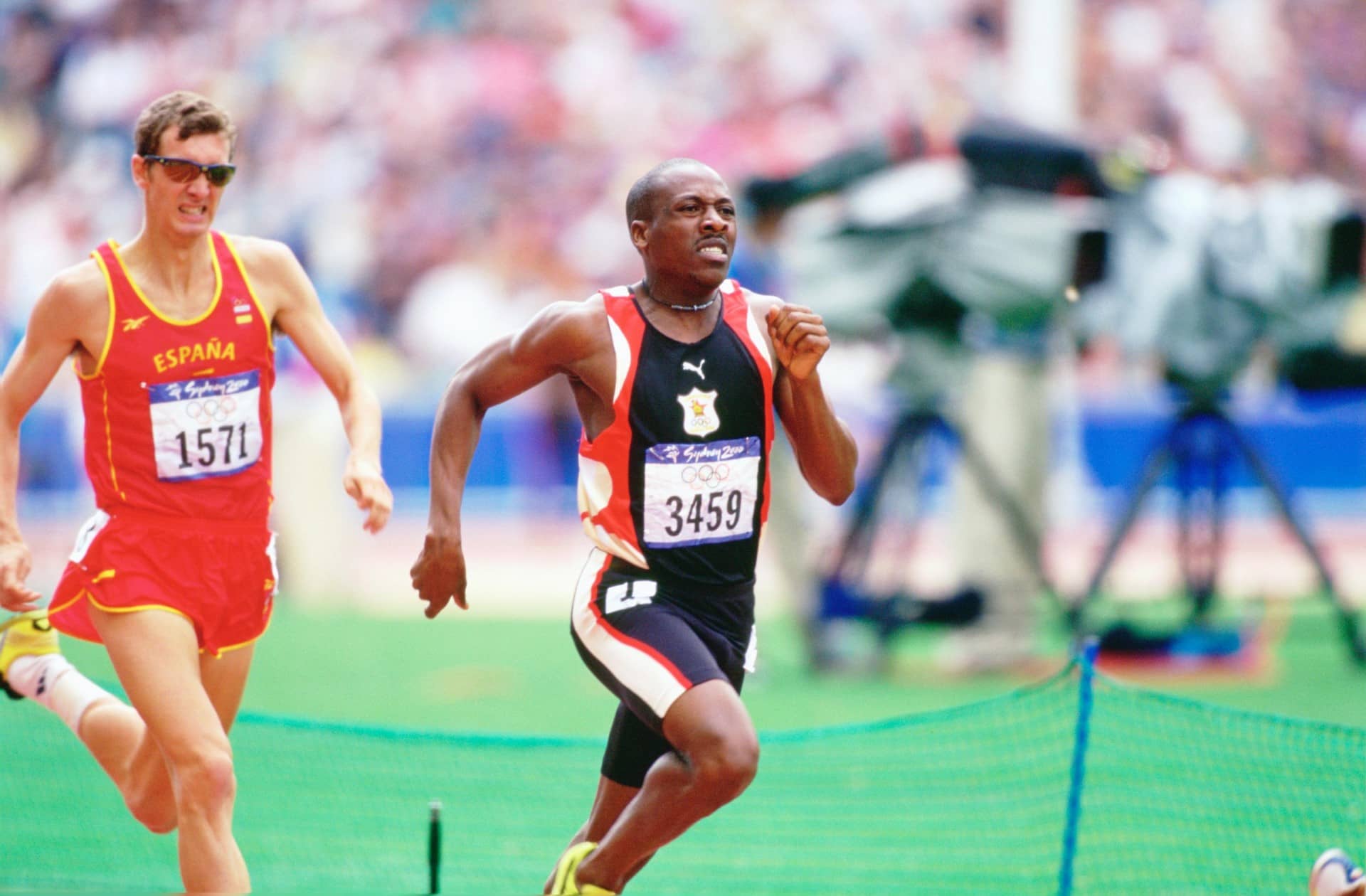
When it comes to the Olympics, the word champion has two meanings. The first, is the historical 13th century sense of the word referring to a defender and a warrior. In the arena of the global Olympics the contest is all about championing a spirit of peace and unity, which is what we call Olympism. The second meaning relates more closely to the result of the games themselves, which is to compete to wintherefore making the winner a champion.
So, what does it take to be an Olympic Champion? Is it only about winning, or does the contest begin long before the games kick off? In this series we take an in depth look at the Making of a Champion. We’ll learn that becoming a champion is not that easy, but rather it involves a lot of hard work behind the scenes, dedication to the sport, which often comes with sacrifices, and significant time devoted to perfecting an athlete’s game.
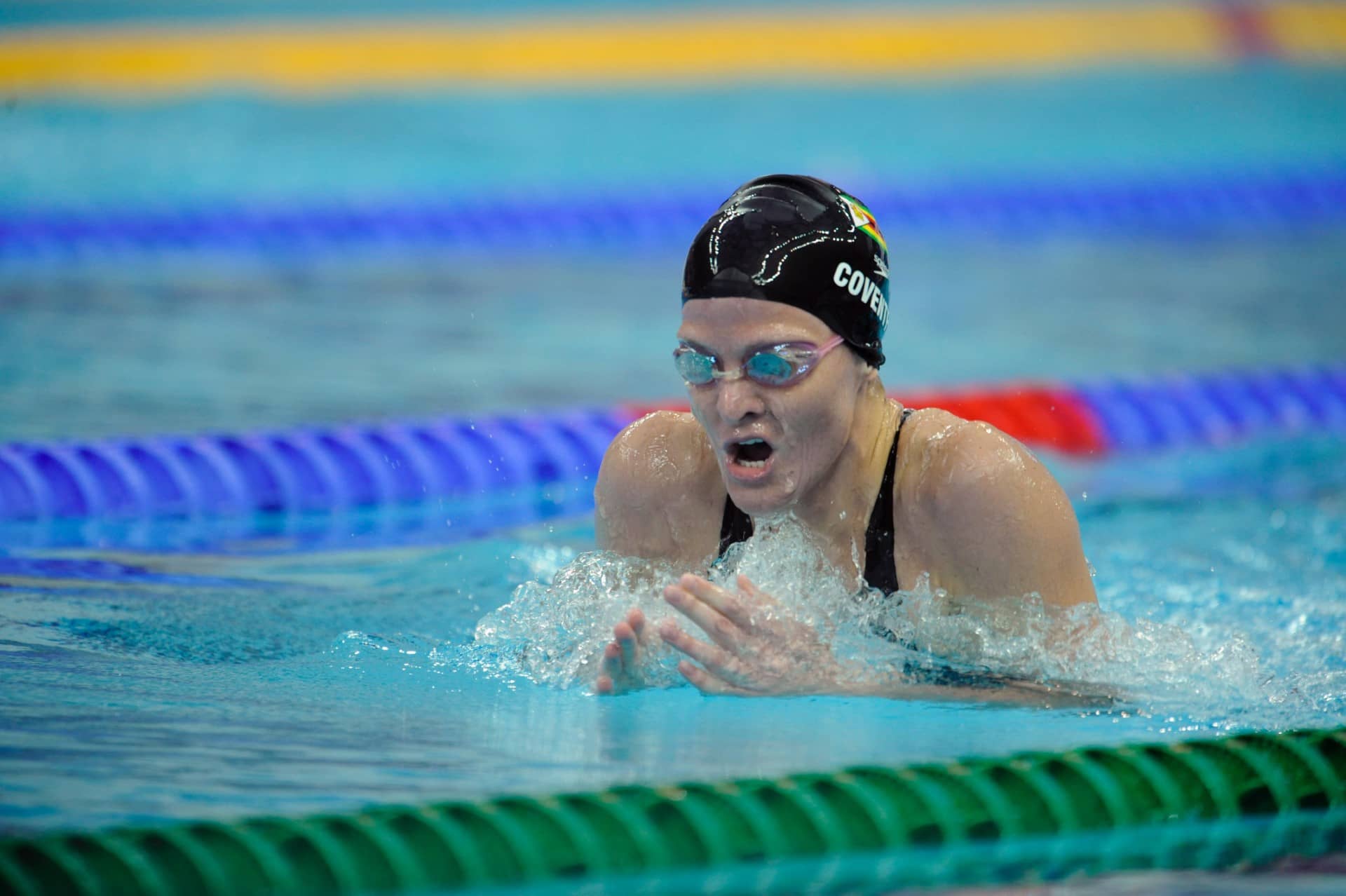
Striking a harmonious balance between physical training and mental fitness is integral to developing the kind of stamina that can sustain intense training for years between each round of Olympic games.
Before any sort of training begins, an athlete must take stock as to whether their body and their mind has the capacity to face the battle ahead. While natural physical ability is beneficial, mindset powered by the right support is foundational. In a sense the two are mutually reinforcing.
In the world of sports, there is an increasing focus on the mental state of athletes and how they react before, during, and after competition.The high pressure stakes associated with managing expectations, scrutiny, performance bonuses, and high hopes of sponsors, media, fans, coaches, team mates and even family can be a toxic mix if the athlete’s mind is not as fit as their body. You can’t out train a defeated mind or anxious thought life. Sooner or later, the constant stress of negative emotions can counteract physical health.
However, athletes also phase physical pressures which can affect their mental health associated with gruelling training regimes. The ongoing preparation for competitions can often go past the point of being bearable in order to achieve the kind of fitness and stamina needed to compete at international levels. Even during training, you must make sure you have the mental endurance to continue to push yourself each day and achieve the desired physical results that will position you as a winner.
The track record of past Olympic Champions indicates that successful athletes often respond to physical and mental pressures by being intentional about creating positive energy. This starts with their internal viewpoint of the competition where many choose to reframe the games as a chance to compete against themselves rather than focusing on or comparing themselves to others. However, this alone is not enough. Not only must an athlete have strong self-belief and confidence in their natural abilities, that belief must also be extended to the training techniques and strategies they get from their coach.
A good support system in the form of family or friends also rounds of the tools available to boost holistic fitness – a champion is only as good as those who help to support them. Robust support creates positive energy which drives the resilience to keep going when the going gets tough. A solid support network can help an athlete train consistently, perform at their best during a competition, and if they do not perform as desired, comfort them in times of losses so they can bounce back and try again until they win.
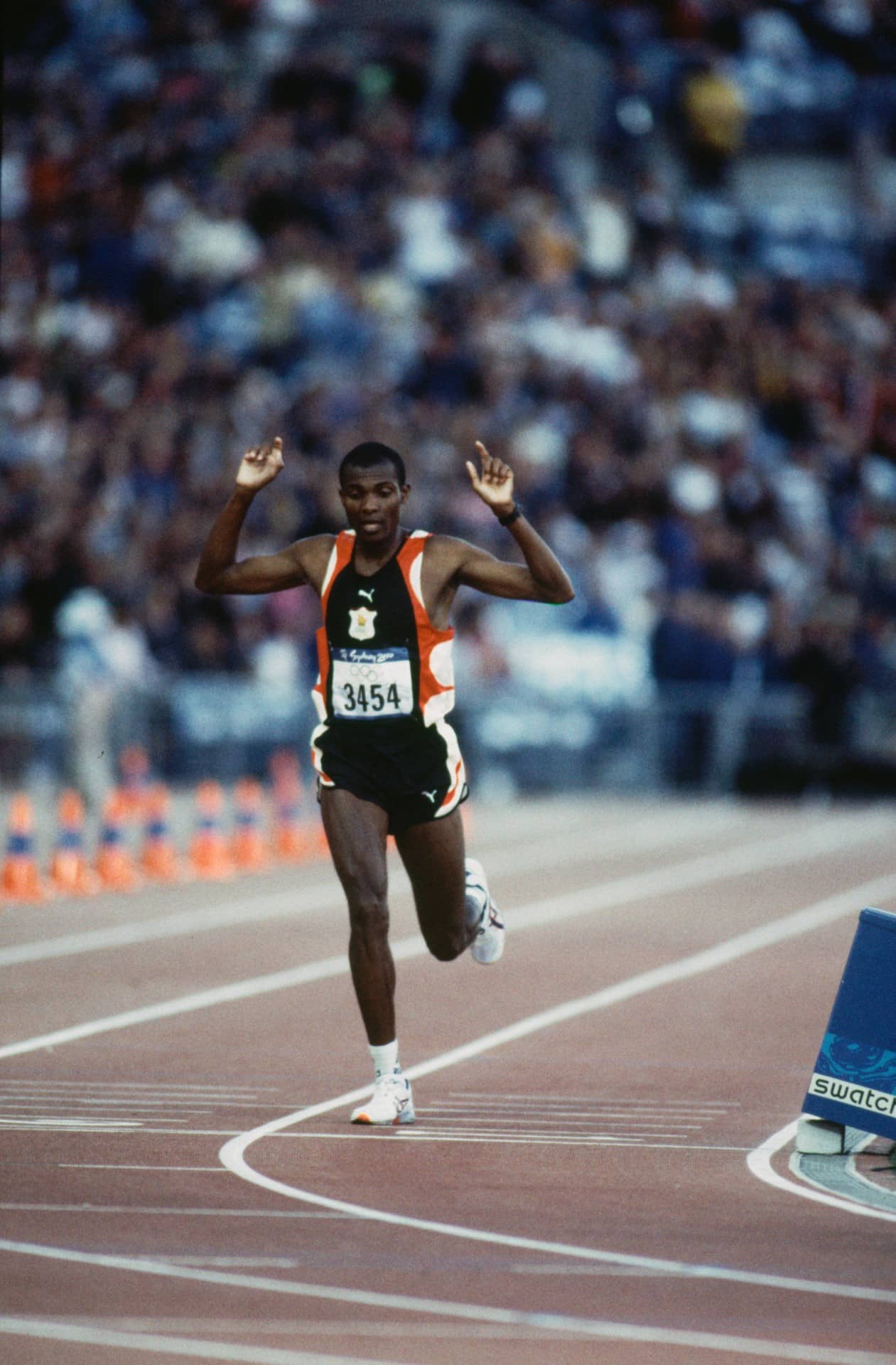
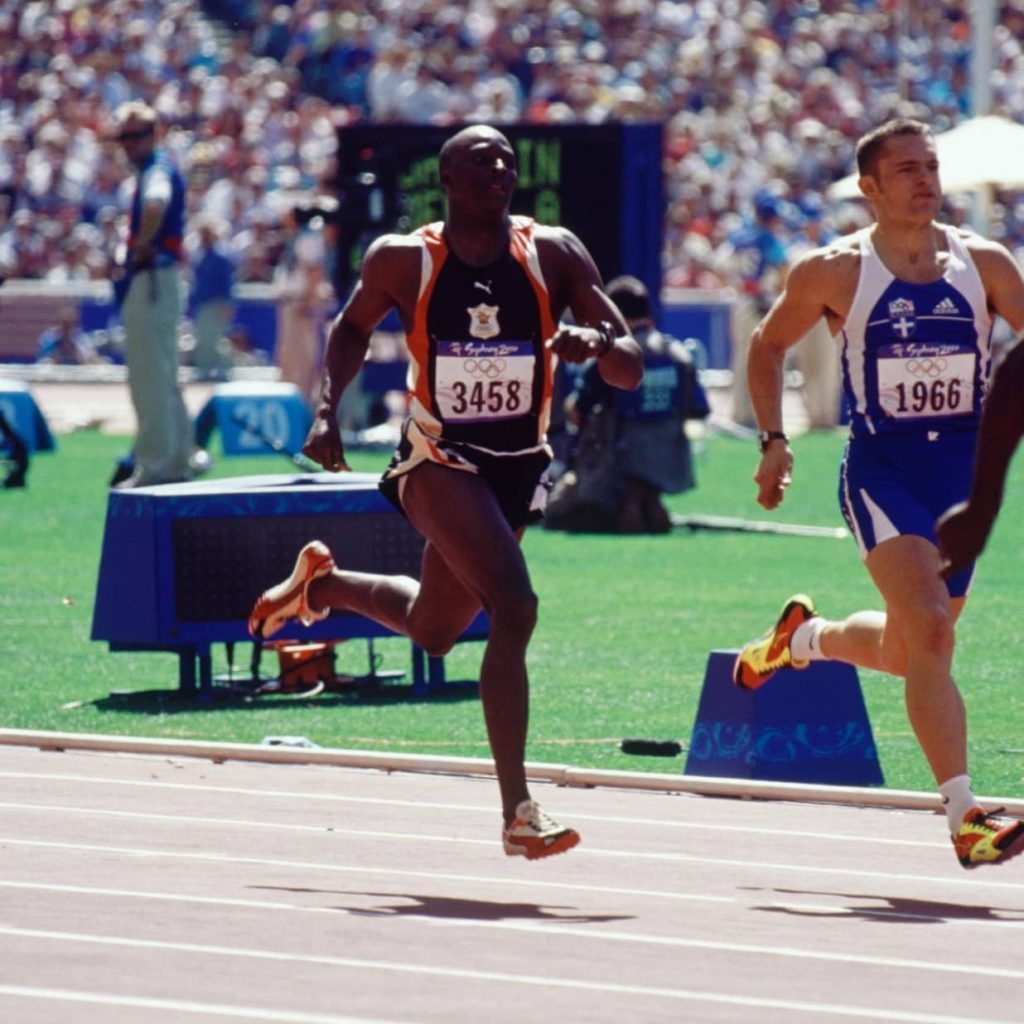
What separates a champion from a regular athlete is dedicated commitment to prolonged training, often pushing past pain and discomfort to attain results. A champion will push past the stress on their body and mind to complete their training no matter how vigorous and intense it is. For instance, in the 2016 documentary, ‘I Am Bolt’, viewers were shown how intense Bolt’s training sessions got; at the point of mental and physical tiredness he would be seen lying flat out on the ground and, in some instances, stating a distinct discomfort, or vomiting. Taekwondo Olympic Gold medalist, Jade Jones, has been reported as training for no less than six hours daily and Helen Glover Olympic Gold medalist rower who is part of a female coxless duo states that she trains seven days a week and two or three times daily. The grueling schedules never let up and constitute full time occupations for professional athletes.Real champions never settle for being good, they always chase their best.
An athlete’s work does not just stop during training, it continues at home in what they eat, how many calories they intake, how long they sleep, and what they do with their spare time. Many athletes avoid drinking alcohol, smoking cigarettes, eating fast foods, spending idle time during off seasons, and behaviors that will expose their bodies and minds to negative energies. Training is a holistic lifestyle and is a good measure to an athlete’s commitment because without maintaining all this discipline, how can an athlete look to endure competition from others to become a champion?
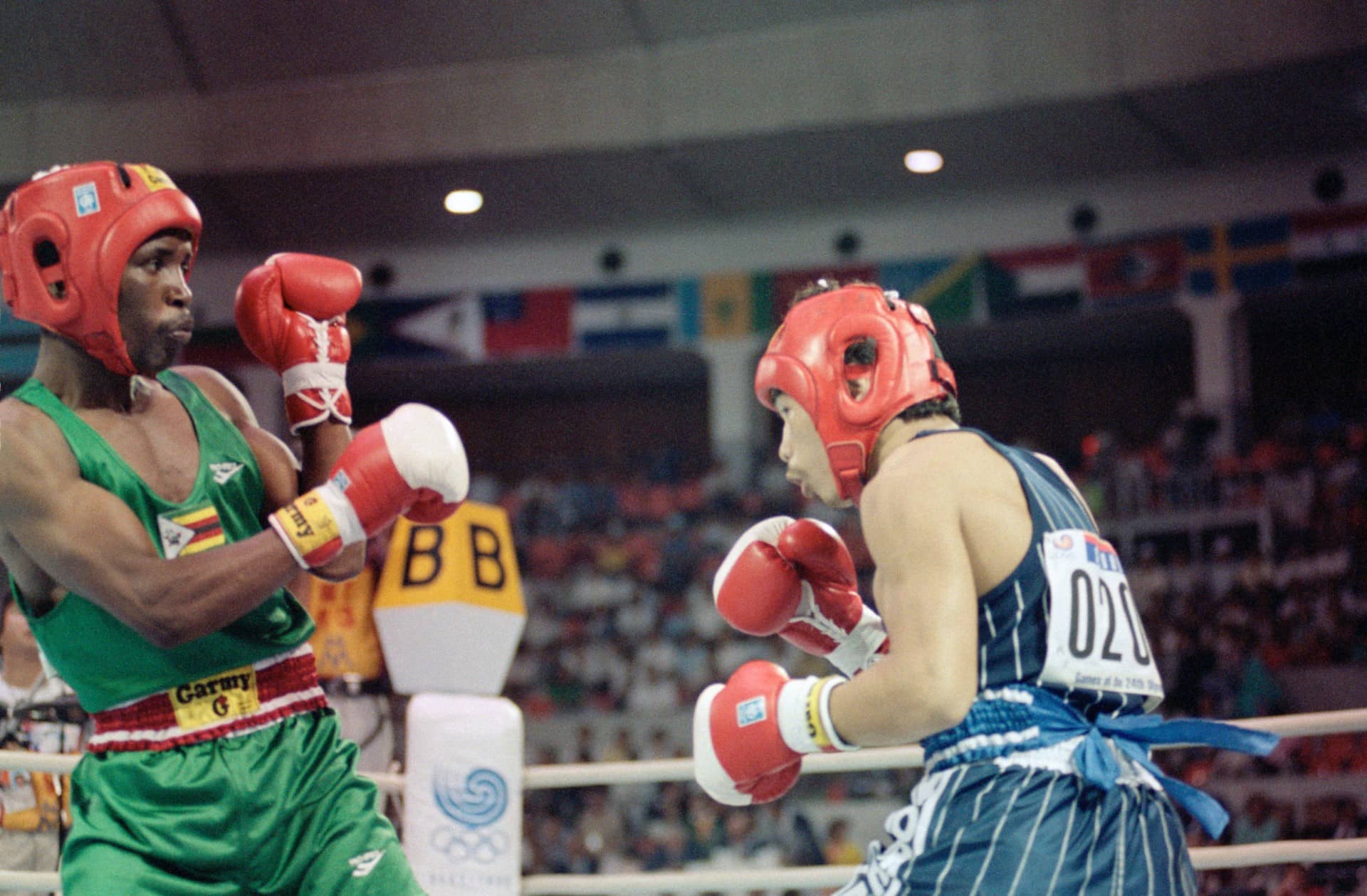
If there is one thing that can stop any athlete in their tracks to success, it’s an injury. Usually, employing solid training techniques during preparation seasons should help build the kind of fitness that give athletes the reflexes and ability to avoid injury- however injuries can still occur. These can hinder an athlete’s progress, prevent them from competing whether its for one event or a whole season, or even finish an athlete’s career. An injury can affect the athletes ability to trust their own ability, and many times a serious injury can caused an amazing sports person to be at odds with their values and seek relief or meaning in negative behaviours (substance abuse and other addictions) or even worse depression.
So, how can a champion be brought out of an injury? The best way to see whether an athlete is a champion would be how they react to an injury when it happens. Champions usually embrace the courage required to face the disappointments associated with encountering an injury and apply their body and mind regimens used during regular training to treating and engaging in successful rehabilitation of their injuries. Champions don’t stay down, they bounce back.
No matter the seriousness of the injury a champion will do what they can within the means necessary so that they can compete again, pushing through their limits. This again is where we see that having a strong and positive mindset is a winning asset even when facing an injury which can be seen as a severe loss. If you are to be an elite player, you must deal with a loss such as injury.
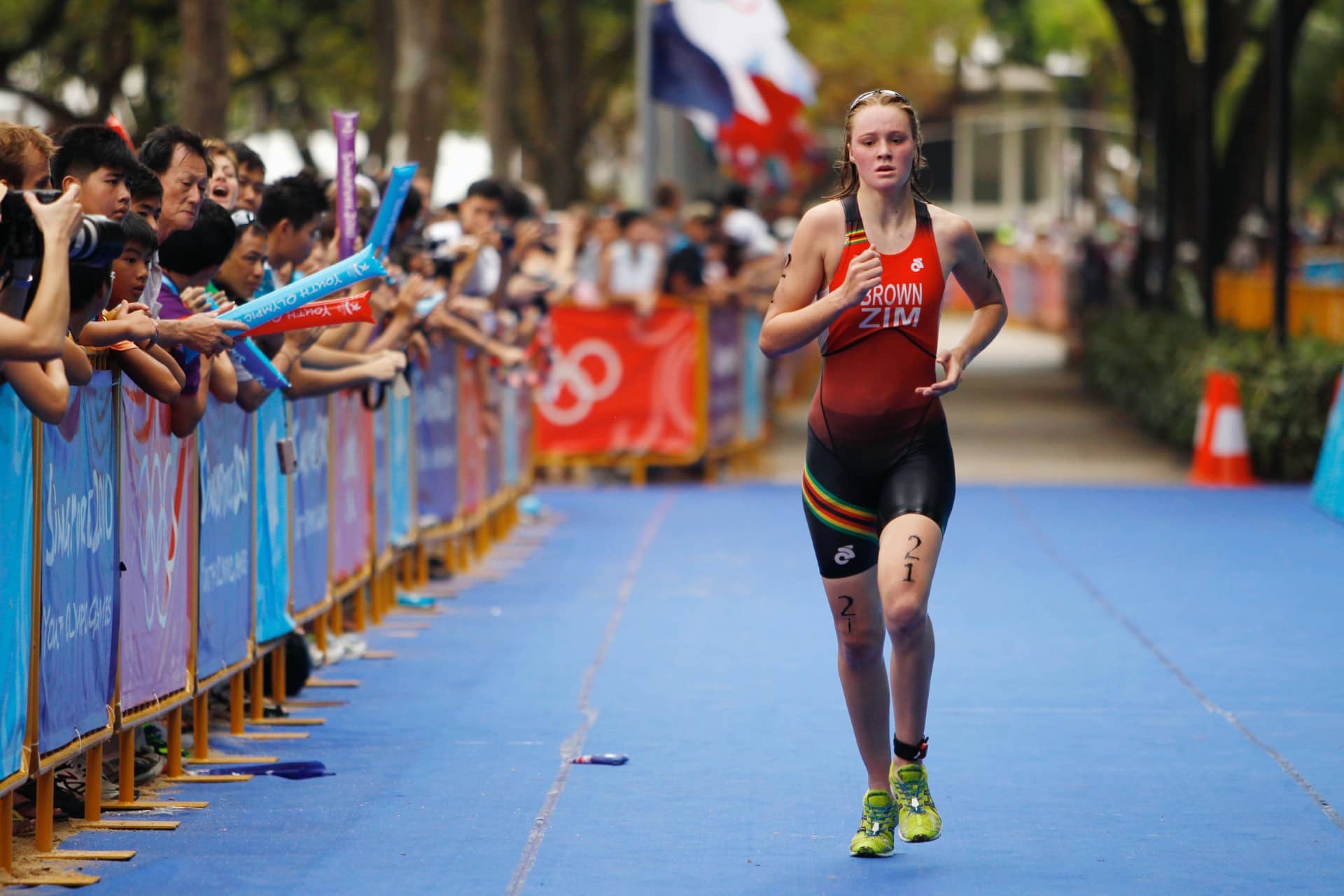
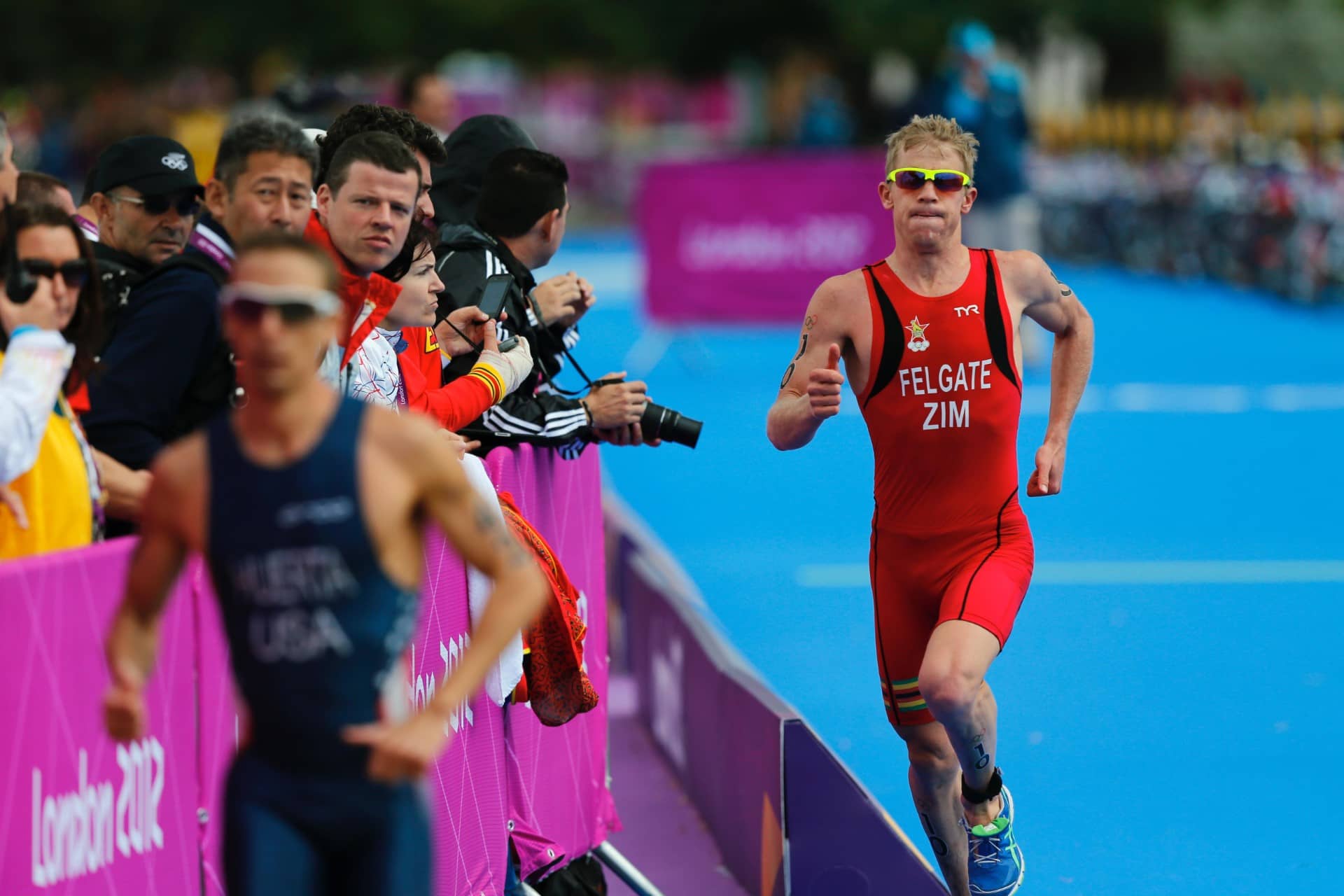
The same way how an athlete faces injury is important for testing an athlete’s mindset, recovery from injury or training sessions is just as important. After training,it’s important to rest and the same goes when recovering from an injury. During recovery, the gruelling training regime takes a back seat for a while. However, this does not mean completely “letting your hair down”– this is simply an opportunity to invest in other areas that support a winning lifestyle like building your support network,getting involved in community development work, or simply working on your mental fitness. In today’s sporting world, any time spent in these support areas will definitely be a requirement for maintaining champion like levels of sportsmanship.
This why it is important that athletes who are keen to be at top championship level also use recovery time well. Reflection is a good pass time for athletes during rehabilitation of injuries. Without reflection, an athlete will not know where to improve and adapt.
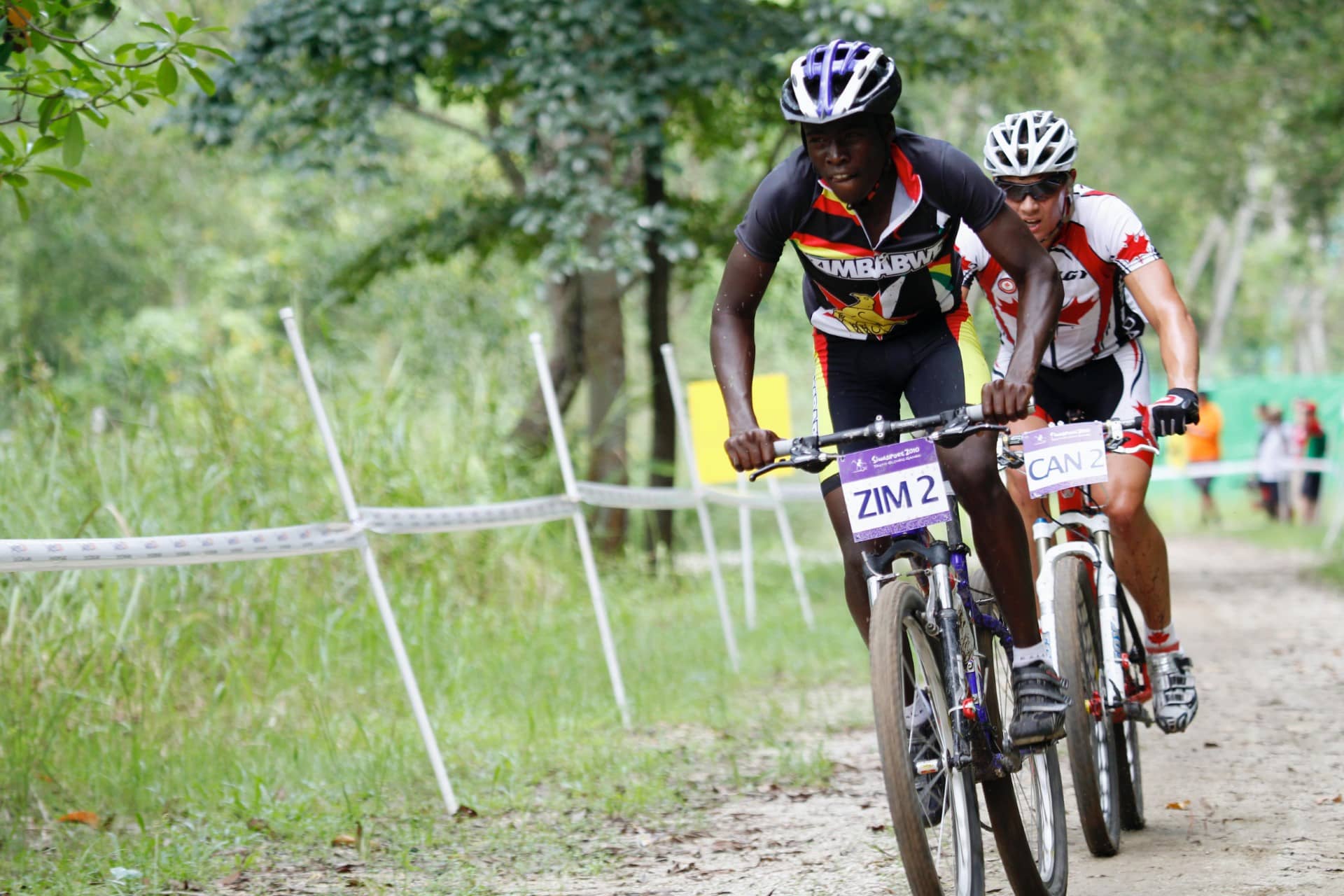
After all the preparation mentally and physically, the athlete must overcome competing to finally become a champion. What happens from preparation to the competition day is important but putting everything into practice can be harder than it seems. One of the main pressures which comes with competing is the presence of spectators. Spectators come in all shapes and forms; ones who come to support or ones to heckle, or the media which has the power to destroy an athlete’s image built over years in a mere few seconds. In these circumstances, it is important for the champion to lock out any outside distractions from the spectators and focus on performing to the best of their ability.
Competition also brings with it the pressure dynamics of being pitted against fellow sports people that athletes may have trained alongside and have built a camaraderie with along the way. For example, well known competitions amongst peers include Ronaldo and Messi, Usain Bolt and Justin Gatlin, Serena Williams and Venus Williams. However, common among these names are the achievements attached to them. They are all winners because they put aside distractions from rivalries and just did what they needed to do when the time came. At the end of the day for these athletes, it’s not about who is better than them, it’s about the best they can be to themselves.
Finally, as there can only be one winner, a champion must also have the fortitude to face something not often mentioned, whichis the other side of winning – losson competition day. As it does happen, it’s important to note that many champions would probably not be who they are today if it weren’t for those losses, even if there were only a few in their careers. The best champions dislike losing but they also learn from losses as well so that they can adapt, do better, and eventually re-claim that title of champion.
The making of a champion is a combination of many factors that go beyond an ability to win at a competition. It’s the process of shaping an identity, developing discipline, maturing of character, building a healthy lifestyle, and creating a supportive network as well as how an athlete puts all of this together that makes them a champion.
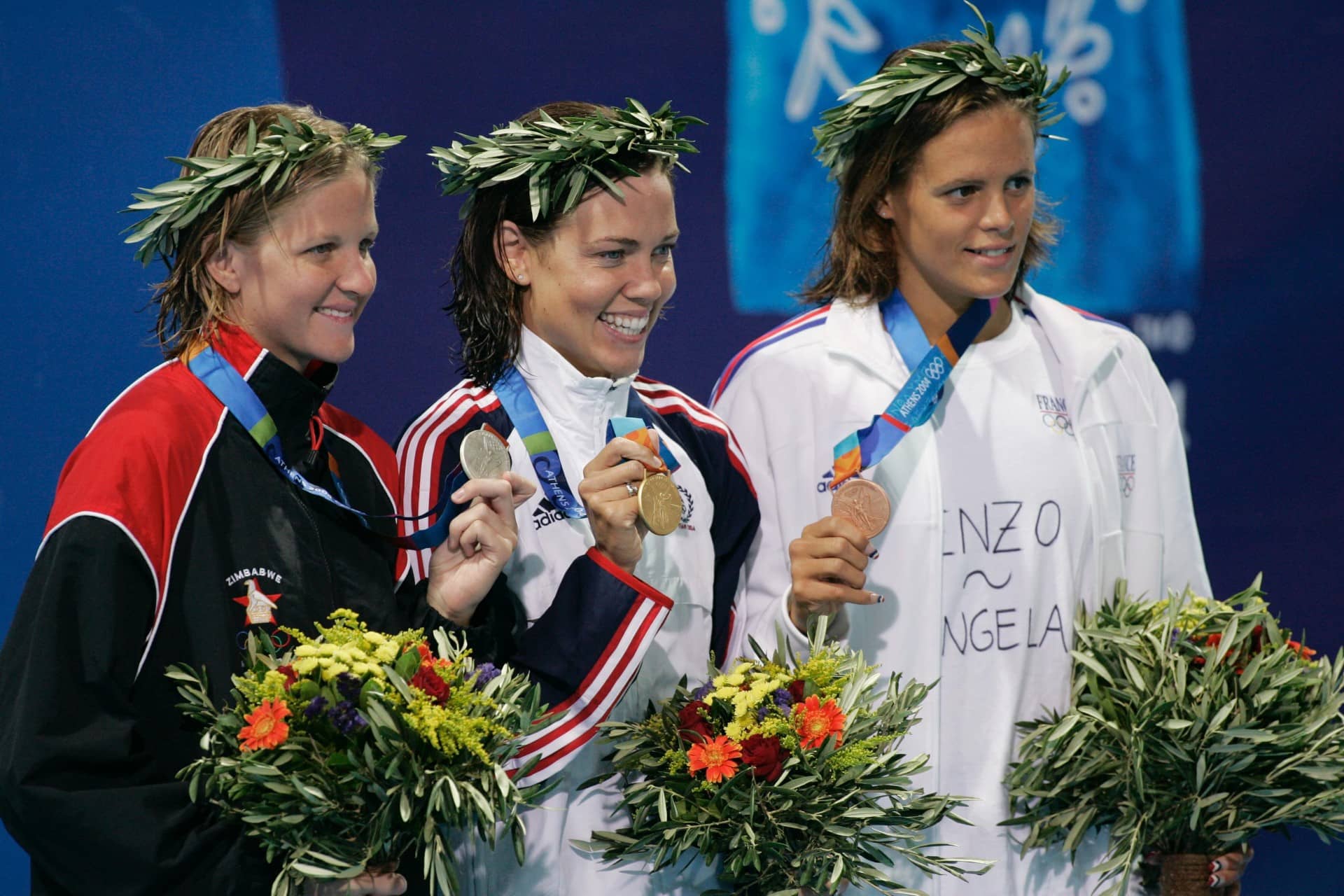
© Zimbabwe Olympic Comittee 2020 – All rights reserved.